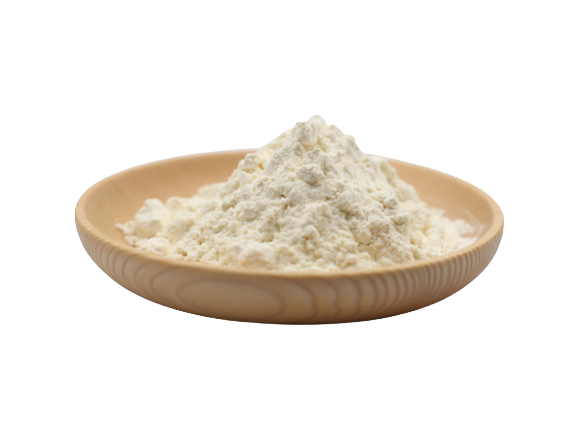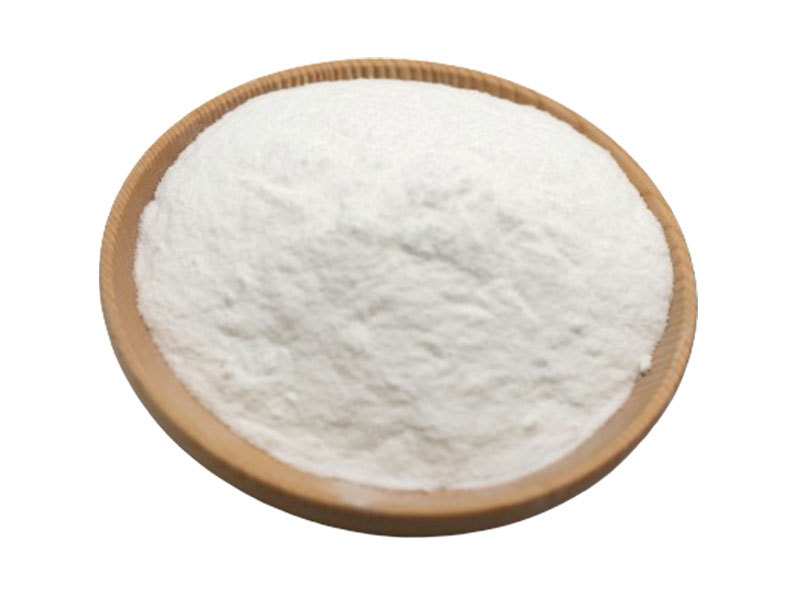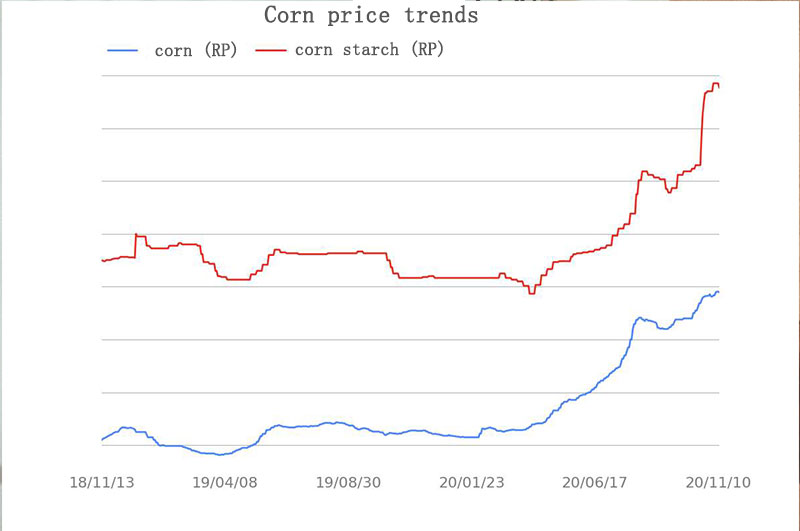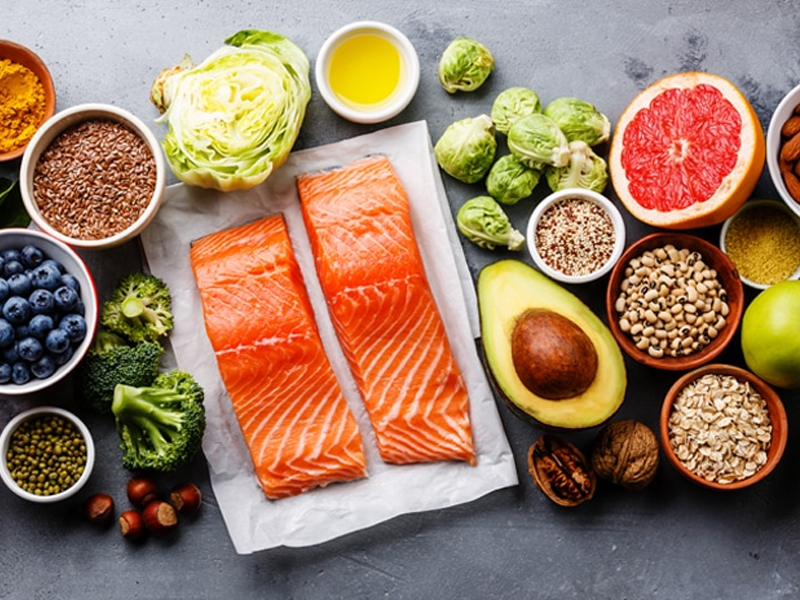Move over, sugar and artificial sweeteners—Gen Z and health enthusiasts are buzzing about organic monk fruit powder and its ultra-concentrated cousin, organic monk fruit extract powder. But what exactly is monk fruit, and does this “natural” sweetener live up to its hype—or hide hidden risks? Let’s unravel the science, benefits, and myths behind this ancient super-sweetener.
What Is Monk Fruit?
Native to Southern China, monk fruit (Siraitia grosvenorii) is a green melon-like fruit used for centuries in Traditional Chinese Medicine. Its sweetness comes from mogrosides, antioxidants 300x sweeter than sugar but with zero calories and no impact on blood sugar.
Organic Monk Fruit Powder vs. Extract Powder: Key Differences
| Factor | Organic Monk Fruit Powder | Organic Monk Fruit Extract Powder |
|---|---|---|
| Source | Whole fruit (pulp + skin) | Purified mogrosides (≥80% purity) |
| Sweetness | 10–25x sweeter than sugar | 100–250x sweeter than sugar |
| Uses | Baking, smoothies, tea | Zero-calorie drinks, protein bars |
| Nutrition | Trace antioxidants, fiber | Pure sweetness (no fiber/calories) |
Is Monk Fruit Bad for You? Debunking 3 Myths
Myth 1: “It’s an Artificial Sweetener”
- Truth: Unlike aspartame or sucralose, monk fruit is 100% natural. Organic monk fruit powder is minimally processed, with no synthetic additives.
Myth 2: “It Causes Digestive Issues”
- Truth: Monk fruit lacks FODMAPs and sugar alcohols, making it gut-friendly. Rare bloating occurs only with extreme overuse (>1g extract daily).
Myth 3: “It’s Untested and Unsafe”
- Truth: The FDA recognizes monk fruit as GRAS (Generally Recognized as Safe). Studies show no adverse effects even at high doses.
3 Proven Benefits of Organic Monk Fruit
- Diabetic-Friendly: Zero glycemic impact—ideal for keto, paleo, or diabetic diets.
- Antioxidant Boost: Mogrosides fight inflammation and may protect against UV damage.
- Dental Health: Doesn’t feed cavity-causing bacteria like sugar or honey.
Why “Organic” Matters
Non-organic monk fruit often contains residues of pesticides like chlorpyrifos. Certified organic ensures:
✅ No synthetic pesticides or GMOs
✅ Sustainable farming (preserves biodiversity in Guangxi’s ecosystems)
✅ Full transparency (no hidden fillers like maltodextrin or erythritol)
Who Should Avoid Monk Fruit?
- Rare Allergy Cases: Allergies to cucurbit family (melons, squash) may react.
- Pregnancy: Limited safety data—consult a doctor.
- Flavor Purists: Some find mogrosides’ aftertaste too fruity vs. stevia.
How to Use Monk Fruit Safely
- Baking: Replace sugar 1:1 with monk fruit powder (add bulking agents like apple sauce).
- Coffee/Tea: A pinch of extract powder = 1 tsp sugar.
- DIY Electrolyte Drink: Mix extract with Himalayan salt and lemon.
Monk Fruit vs. Other Sweeteners
| Sweetener | Calories | Glycemic Impact | Aftertaste |
|---|---|---|---|
| Sugar | 16 per tsp | High | None |
| Stevia | 0 | None | Bitter/licorice |
| Monk Fruit Extract | 0 | None | Mild, fruity |
FAQs
Q: Does monk fruit spike insulin?
A: No! Studies show zero effect on blood sugar or insulin levels.
Q: Can I cook with it?
A: Yes! Organic monk fruit powder is heat-stable (up to 400°F/204°C).
Q: Shelf life?
A: 3+ years in airtight containers—no moisture!
Q: Why is organic extract pricier?
A: It takes 300+ monk fruits to make 1lb of extract—organic farming is labor-intensive.
Ready to Sweeten the Organic Way?
Whether you’re baking with organic monk fruit powder or sweetening your morning latte with extract powder, this ancient fruit offers guilt-free indulgence. Ditch the sugar crashes and artificial aftertastes—embrace nature’s candy, perfected.
Your taste buds (and pancreas) will thank you.
Related Products
Organic Monk Fruit Extract
Zero-Calorie Natural Sweetener for Clean-Label Food, Beverage & Supplement Applications
Organic Maltodextrin Powder
Versatile Clean-Label Carbohydrate for Food, Beverage & Nutraceutical Applications



